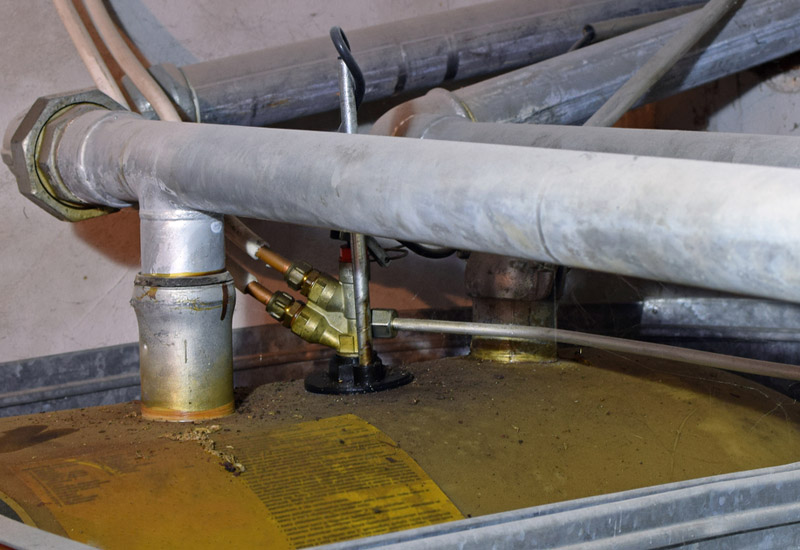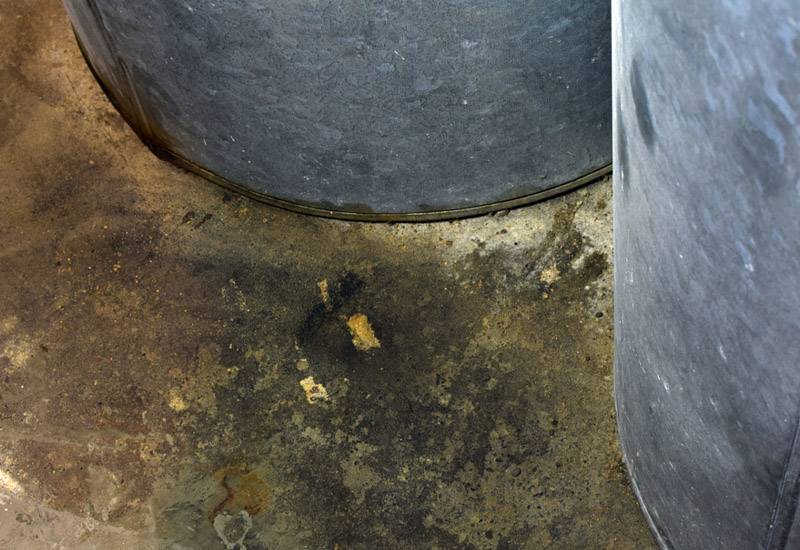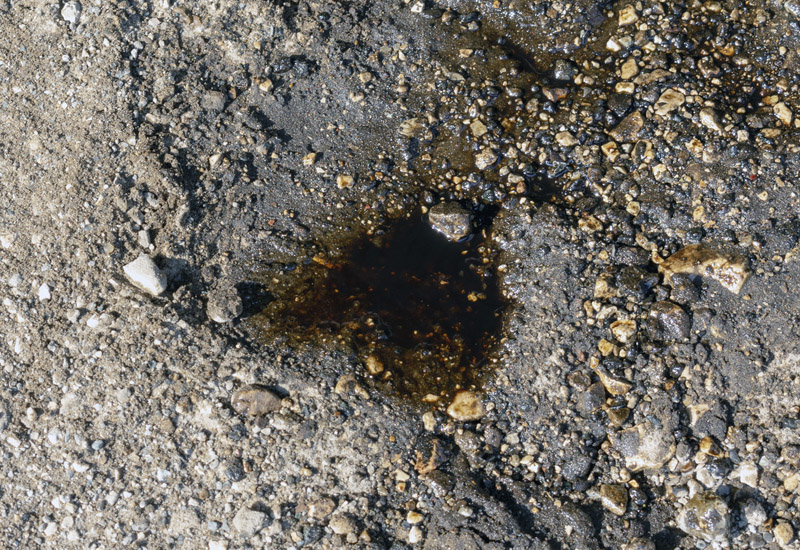-
sales@northerntankstore.co.uk
- Call: 01748 835276
-
Heating Oil Tanks
- Single Skin Tanks
- Fire Rated Oil Tanks
-
Bunded Oil Tanks
- Steel Bunded Oil Tanks
- Plastic Bunded Oil Tanks
- Slimline Bunded Oil Tanks
- Low Profile Bunded Oil Tanks
- 500 & 650 Litre Bunded Oil Tanks
- 1000 Litre Bunded Oil Tanks
- 1200 & 1225 Litre Bunded Oil Tanks
- 1300, 1400 & 1500 Litre Bunded Oil Tanks
- 2000 Litre Bunded Oil Tanks
- 2500 Litre Bunded Oil Tanks
- View All Bunded Oil Tanks
- Heating Oil Accessories
- Oil Tank Offers
- View All Heating Oil Tanks
- Diesel Tanks
- Petrol Tanks
- AdBlue Tanks
- Water & Chemical
- Waste & Lube Oil
- Septic Tanks & Water Treatment
- Settlement Tanks
- General Storage
- Spill Control
- Tank Accessories
-
Heating Oil Tanks
- Single Skin Tanks
- Steel Single Skin Tanks
- Plastic Single Skin Tanks
- Slimline Single Skin Tanks
- Low Profile Single Skin Tanks
- Fire Rated Oil Tanks
- Steel Fire-Proof Oil Tanks
- Plastic Fire-Proof Oil Tanks
- Bunded Oil Tanks
- Steel Bunded Oil Tanks
- Plastic Bunded Oil Tanks
- Slimline Bunded Oil Tanks
- Low Profile Bunded Oil Tanks
- 500 & 650 Litre Bunded Oil Tanks
- 1000 Litre Bunded Oil Tanks
- 1200 & 1225 Litre Bunded Oil Tanks
- 1300, 1400 & 1500 Litre Bunded Oil Tanks
- 2000 Litre Bunded Oil Tanks
- 2500 Litre Bunded Oil Tanks
-
Diesel Tanks
- Dispensing Tanks
- Steel Dispensing Tanks
- Plastic Dispensing Tanks
- Dispensing Containers
- Fuel Storage Tanks
- Steel Fuel Storage Tanks
- Plastic Fuel Storage Tanks
- Cylindrical Fuel Storage Tanks
- Fuel Bowsers
- Road Legal Tow Bowser
- Site Tow Bowsers
- Fixed Skid Bowsers
- Generator Tanks
- Static Generator Fuel Tanks
- Transportable Generator Tanks
- Generator Stores
- Petrol Tanks
- AdBlue Tanks
-
Water & Chemical
- Potable Water Tanks
- 1-100 Litre Potable Water Tanks
- 101-650 Litre Potable Water Tanks
- 651+ Litre Potable Water Tanks
- Water Bowser Tanks
- Trailed Water Bowsers
- Fixed Skid Bowsers
- Water Storage Tanks
- 1-100 Litre Water Storage Tanks
- 101-650 Litre Water Storage Tanks
- 651+ Litre Water Storage Tanks
- Water Tank Accessories
- Water Pumps & Hoses
- Water Tank Fittings
- Waste & Lube Oil
- Septic Tanks & Water Treatment
- Settlement Tanks
- General Storage
- Spill Control
-
Tank Accessories
- Flow Meters
- Mechanical Flow Meters
- Digital Flow Meters
- Pulse Meters
- Transfer Pumps
- Diesel Transfer Pumps
- Oil Transfer Pumps
- AdBlue Transfer Pumps
- Water Pumps
- Petrol Pumps
- Chemical Pumps
- Hand Pumps
- Electric Pumps
- Air Operated Pumps
- Fuel Nozzles
- Diesel Nozzles
- Oil Nozzles
- Petrol Nozzles
- AdBlue Nozzles
- Water Nozzles
- Chemical Dispensing Nozzles
- Automatic Nozzles
- Manual Nozzles
- Tank Alarms & Overfill Valves
- Alarms
- Probes
- Overfill
- Fill Point & Vent Fittings
- Fuel Tank Fill Caps
- Fuel Tank Vent Caps
- Hose & Hose Reels
- Delivery Hose
- Suction Hose
- Hose Reels
- Hose Fittings
- Breakaway Couplings
- Camlock Couplings
- Tank Gauges
- Float Type Gauges
- Hydrostatic Gauges
- Electronic Gauges
- Sight Gauges
- Pipe Fittings
- Brass Fittings
- Stainless Steel Fittings
- Steel & Iron Fittings
- Fuel Management Systems
- Management Units & Systems
- Software & Accessories
- Valves
- Gate Valves
- Lever Ball Valves
- Pressure Valves
- Check Valves
- Solenoid Valve
- Drum/IBC Valves
- Cabinets
- Fill Point Cabinets
- Dispensing Cabinets
- Garage Equipment
- Oil Drainers & Extractors
- Drum Trolleys & Dispensers
Preventing And Dealing With
heating oil spills
An oil spill at home poses a great risk to your health and the surrounding environment. If your home has a heating oil storage tank, itís important to understand how to deal with and prevent spills. Itís also vital to ensure that you are complying with the latest regulations regarding heating oil tanks.
†
Being prepared for a leak or spill means that should the worst happen, youíre able to remain safe and minimise damage to your property and the environment
what causes
oil†spills?
More often than not, heating oil spills are caused by leaks in the storage tank. Most tanks in the UK are located outside so this can cause damage to the environment if not handled correctly.
Tanks can be compromised by faults in the body, usually caused by wear and tear, years of surviving the elements, and damaged components. Failure to inspect your tank and keep it well-maintained is likely to contribute to leaks, and means that faults arenít picked up early so that appropriate measures can be taken before a leak happens.
While new heating oil tanks are robustly designed and manufactured to the highest standards to provide many years of service, if you have an older tank, and particularly if it is a single skin tank, itís vital to have it checked regularly for signs of damage or wear, and to replace it before leaks occur.


how to prevent
oil†spills
Prevention is the best cure for oil spills. You need to ensure that you have the best equipment possible and follow the correct rules to contain heating oil safely and securely at home.
Tank†position & location
Before installing a heating oil tank, itís important to carefully consider where it will be sited. Most tanks are designed to handle being positioned outdoors all year round, so you should avoid storing your heating oil tank indoors if possible, particularly in a building that is inhabited.
Storing an oil tank within an outbuilding or similar can be a way to provide additional protection from the elements, however there are a number of regulations to be aware of. These include housing the tank in a non-combustible chamber, siting the tank on the lowest level of the building, and positioning the tank at least 1.8m away from non fire rated surfaces, openings and flue terminals.
If possible, your tank should be set up in a safe outdoor location away from any sources that could set it alight and from bodies of water. If your tank is in close proximity to a protected water source, it is a legal requirement for it to be bunded.
Remember that you must meet building regulations if youíre installing a new heating oil tank at home. Make sure to check which regulations apply to you, as they differ between England, Scotland, Wales and Northern Ireland.


Bunded Tanks
Heating oil tanks can be bunded or single-skin, and are built from either plastic or steel. Single skin, plastic tanks are usually the cheapest option, whilst steel heating oil tanks tend to be more robust for added safety. They are, however, less agile and require more work to move, and over time may be susceptible to rust if not correctly maintained.
Depending on where you are in the UK, if your tank is larger than a certain capacity, such as 3,500 litres, regulations state that it needs to be a bunded tank. A bunded heating oil tank comprises an inner tank that holds the fuel, surrounded by a second layer (a bund), which acts as a safety net in case of a leak. If your tank doesnít meet the threshold, you should still consider opting for a bunded tank. There are a number of advantages to a bunded oil tank; it will save you the hassle and time of cleaning up a spillage, and is undoubtedly the safest option to minimise the risk of a spill occurring in the first place.
Maintenance & Inspection
You should be aware that regardless of your choice, you need to regularly check your tank for issues, such as rust in the steel options. As part of maintenance, you should check for dents, cracks, heating oil levels, and water contamination.
Itís strongly advised to arrange regular inspections, at least on an annual basis, by a qualified professional. This will ensure that any issues can be identified early before a leak occurs, and steps taken to replace or repair parts of your system where necessary.
what to do in the event
Of†an†oil spill
In the event of a spill, firstly you should try to identify where the spill is coming from and whether itís a minor or major spill. Switch off the oil supply and attempt to discover where the leak is located within your system.†
You should then check how far the spill has gone and if it is safe to do so use absorbent material to soak up as much oil as possible. Wear PPE to protect your skin and if you do come into contact with the oil, make sure to clean it off quickly.
Once youíve done your best to contain the leak and clean up any spillage, you should notify the environment division of your local council. This is good practice, especially if any oil made its way into the soil, which will have to be dug up and removed.
Cleaning up an oil spill
As the owner of an oil tank, you are responsible for ensuring that any spillage is cleared. You should only attempt to clear up the spillage yourself if it's minor since the oil poses health risks.
If the spillage is large, or if it has run into a body of water, such as a river or stream, you should hire professional environmental contractors. This also applies to spills of industrial heating oil used in factories and warehouses. A large spillage would be difficult to handle on your own and could be difficult and dangerous to address correctly and to the required standard.
Check if your home insurance covers the cost of cleaning oil spills or the damage caused, and if not, consider adding it to your policy. Itís always better to be safe than sorry, and a larger spill can be costly to address.
For cleaning, you should always have up-to-date oil spill kits at the ready. These come with a variety of useful tools that will help you safely contain the oil, clean up where possible and dispose of contaminated materials correctly.
Throughout the cleaning process, make sure to record any actions taken to handle the spill to refer to should you need to liaise with your local authority, specialist contractors or insurance company.


